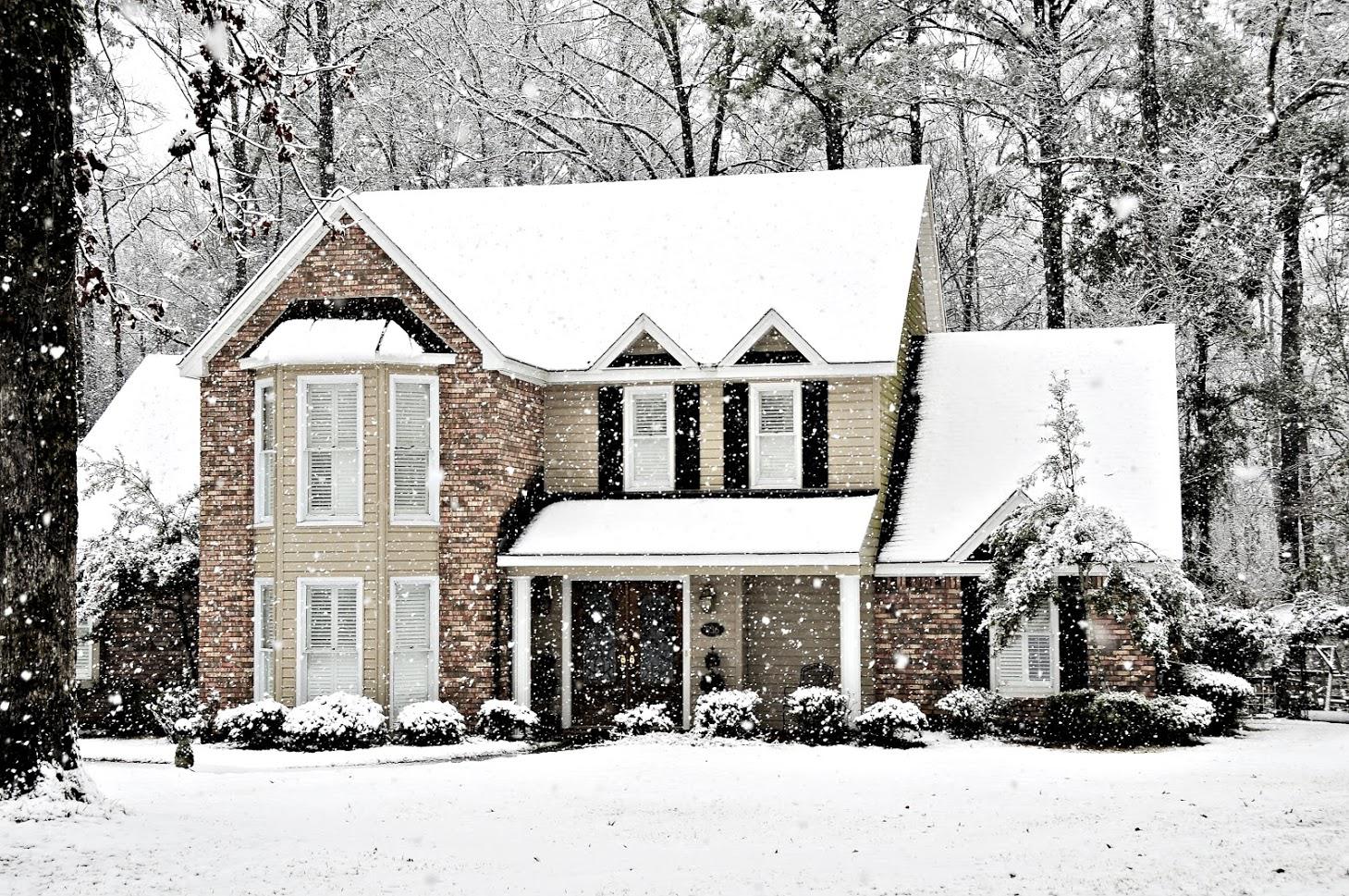2 Causes of Winter Roofing Damage and How to Fight Them

Softly falling snow might seem innocent enough, but winter weather can be incredibly damaging to your roof. While shingles, flashing, and gutter systems can withstand a variety of inclement weather conditions, the right storm could damage all three protective components, leaving you with a compromised exterior home envelope.
Discover two causes of winter roofing damage, and learn what you can do to fight the problems winter weather can cause.
1. Ice Dams
Hot air rises, which means a lot of warmed air can end up in your attic throughout the winter. Eventually, this warmer air can start to melt the layers of snow and ice that have fallen onto your roof, causing those sheets of ice to move towards the eaves of your home.
Unfortunately, as these sheets of partially melted snow and ice move down your roof, they can cause a significant amount of damage. Ice can push shingles out of place, damage shingle aggregates, and even weigh down the gutters on the edge of your home.
After ice dams have formed, water will continue to melt and flow under and over the sheet of ice, creating long icicles that can pose injury risks all their own. Sometimes, ice dams block water from escaping your roof altogether, causing water to flow underneath shingles and damage underlying roofing structures.
Fortunately, you can prevent ice dams by boosting the insulation in your attic and adding protective elements such as heating cables. Most attics should have between 10–14 inches of insulation, or at least R-38, although recommendations can change from climate region to region. Measure your current insulation levels and consider adding more if your attic does not have enough.
As added protection, consider installing heat cables along the eaves of your roof. These low-voltage, insulated wires create a small amount of heat along the edges of your home, melting snow and ice to make water flowing through your normal gutter system easier.
2. Snow and Ice Accumulation
A fresh layer of snow can make your home look nostalgic on a beautiful winter's day, but unfortunately, the snow can also be incredibly heavy, weighing down the supportive structures that hold your roof in place.
While many newer roofs can withstand between 15 to 30 pounds per square foot, snow can weigh anywhere between 3 pounds and 21 pounds per square foot, depending on its moisture content. Since ice is denser, it tends to weigh much more, weighing as much as 57 pounds per square foot.
If enough snow accumulates on your roof and surpasses the load levels your structure can handle, disaster can ensue. Roofs can sag and fail, causing collapses and potentially destroying your home and injuring or killing occupants.
Although this might seem like a rare occurrence, roofing collapses happen every year across the United States and are more common during large snowstorms. For instance, after a particularly high-producing snowstorm in 2010, the Minneapolis Metrodome collapsed, causing serious damage to the stadium.
Fortunately, you can prevent serious roofing damage by being proactive about snowfall. In addition to watching the weather closely to be aware of heavy incoming storms, keep a roof rake on hand to make scraping snow accumulations from your roof easy.
Whether your roof has amassed damage this winter or you are concerned about checking the structure before a big storm, our team here at JCB Roofing can help. For more than 20 years, our skilled roofers have helped home and business owners with everything from urgent repairs to full replacements, keeping structures sound and owners safe. Give us a call today with any questions or concerns you have.














